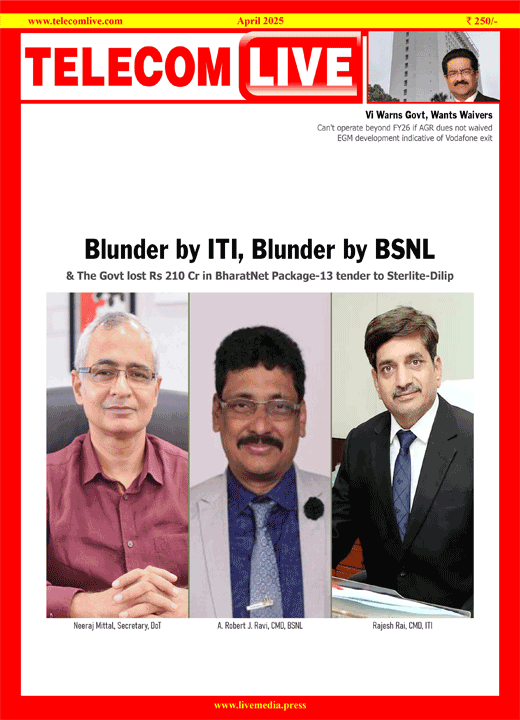Editorial – June 2022
The countdown for the spectrums auction has begun. Commencing from July 26, 2022 spectrum worth Rs 431,605 crore will go under the hammer in numerous bands. These are: 600 MHz, 700 MHz, 800 MHz, 900 MHz, 1800 MHz, 2100 MHz, 2300 MHz, 2500 MHz, 3300 MHz, and 26 GHz bands. The spectrum on auction is expected to be utilised by telecom service providers (TSPs) to rollout 5G services with speed and capacity capabilities that are ten times higher than the currently available 4G.
In transacting the auctions, TSPs will be benefitted from the sectoral reforms that were operationalised last year in September. Measures like zero Spectrum Usage Charges (SUC) for the spectrum acquired in the upcoming auctions, doing away with the requirement of submitting a financial bank guarantee equivalent to one annual instalment are major reliefs.
There are also cashflow friendly steps that the TSPs will benefit from such as for the first time ever there will be no mandatory requirement to make upfront payments by successful bidders. Payments for spectrum can be made in 20 equal annual instalments to be paid in advance at the beginning of each year. The bidders also have an option to surrender the acquired spectrum after 10 years with no future liabilities with respect to balance instalments.
For 5G rollouts, availability of sufficient backhaul spectrum is also necessary. To meet this, the cabinet has made two important decisions: provisional allotment of two carriers of 250 MHz each in E-band to TSPs and doubling the number of traditional microwave backhaul carriers in the existing frequency bands of 13, 15, 18 and 21 GHz bands.
However, not all decisions related to 5G have gone down well with the cellular industry. Allowing enterprises to set up private captive networks is seen as a revenue destroyer and a wrecker of 5G business case scenarios. COAI has told government that there is no reason for its member operators to rollout 5G if captive non-public networks (CNPN) are allowed to be run by enterprises. As things stand, enterprises can set CNPN by leasing spectrum from TSPs and establish their own network. Alternatively, they could obtain spectrum directly from DoT and establish their own isolated network. In the latter case, DoT is required to undertake demand studies and thereafter seek Trai recommendations for direct assignment of spectrum to such enterprises. Complete details about band-wise reserve price, circle-wise calculations are presented in statistical charts for ease of use.



